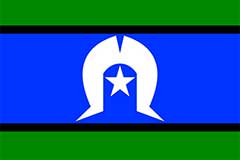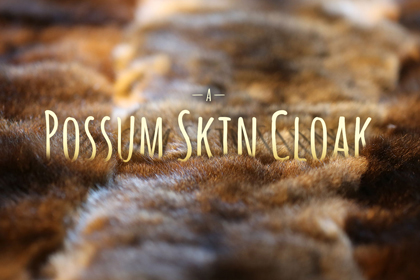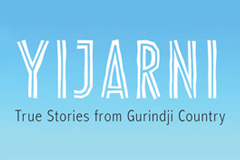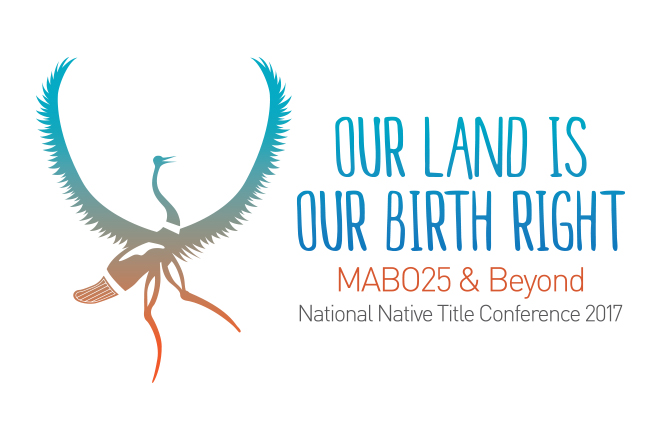Our Pictorial collection contains approximately 650,000 photographs relating to Indigenous Australia, dating from the late 1800s to the present day. It is the world's most comprehensive photographic record of Australia's Indigenous peoples with more than 90% of the Pictorial collection consisting of unique materials.
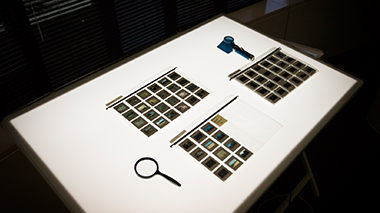
Our Pictorial collection grew rapidly throughout the 1960s and 1970s as researchers increasingly recorded source material for later use in academic publications. Our primary role with this material was to be a place of safe-keeping and access was often heavily restricted. Subsequent efforts were made to ensure this invaluable resource was not only preserved but made appropriately accessible for future generations.
While researchers in the fields of archaeology and anthropology remain an important source of material for inclusion in our Pictorial collection, over the past decade there has been a substantial increase in the number of materials offered by non-academic donors. These include amateur and professional photographers, and people undertaking family history research who seek a place where their photographs of social and historic significance can be both archived and accessed in a culturally responsible manner.

The Pictorial collection is used for a wide range of purposes including family history research, Native Title claims, publications, documentaries and the establishment of keeping places located in remote communities. To do your own research, you can visit our reading room to view the Perfect Pictures Database. This database contains over 140,000 images and represents about 20% of the total collection items in our Pictorial collection. Images that are subject to access restrictions, including secret or sacred content, are not included in the Perfect Pictures database. There is no charge to view original records or to use research aids, but do charge for ordering copies of collection items.
